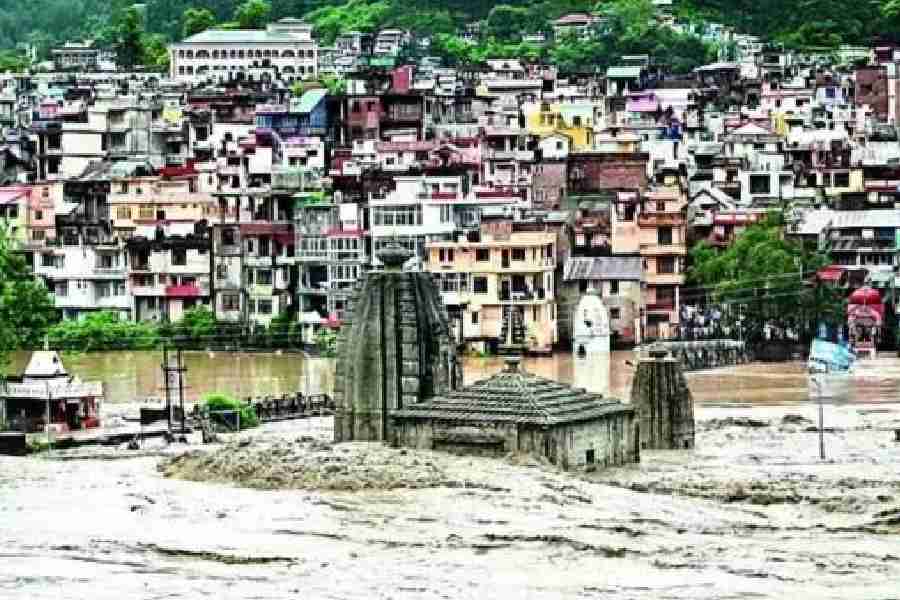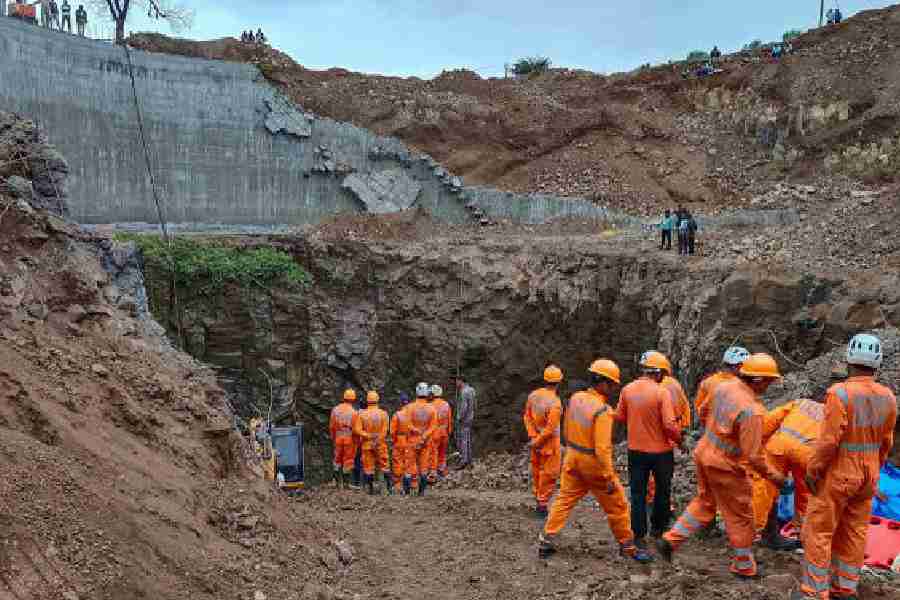As a young boy, I remember my grandfather telling me how in his school geography classes, they were first taught about the landscape in their village, then their district and, eventually, the broader region. In contrast, my geography lessons paid no attention to the local but were largely concerned with the technicalities of deciduous and coniferous vegetations in the abstract. Reading Arati Kumar-Rao’s spell-binding Marginlands brought home the significance of this long-forgotten memory.
The book is a deeply-felt account of India’s rich biodiversity and the close relationship that local communities share with their landscapes. Simultaneously, it is also an unsparing critique of our current model of development, which discounts local knowledge and prioritises top-down technical solutions.
Kumar-Rao’s book is full of instances where development fixes, such as the canal projects in Rajasthan or the barrages on the Ganga in West Bengal, have not only failed to serve their original purpose but also caused more harm in the process. For instance, canals with standing water in Rajasthan’s villages have led to waterlogging and increased salinity. The result has been the creation of more wasteland and the spread of malaria and dengue because of mosquitoes breeding in still waters. In comparison, the local communities’ traditional methods of rainwater harvesting provide potable water and account for the realities of desert soil.
She also documents how human activities create precarious conditions for wildlife. For instance, the obsession with manicured gardens, and the consequent spraying of insecticides, harms solitary bees (which, interestingly, form the majority of bee species in India and are completely different from the honey-producing bees that build hives) that are often the chief pollinators of native plant species. Similarly, the promotion of commercial inland waterways on rivers like the Ganga creates sound pollution, which affects the blind Gangetic dolphins’ echolocation abilities to navigate and find food.

Floods in Uttarakhand
Some may think that the book’s provocations are an exercise in naivety since they consider such costs as collaterals in the longer march of progress. But the frequent and devastating course-changes of rivers like the Ganga and the landslides in Uttarakhand remind us that we will only do so at our own peril.











